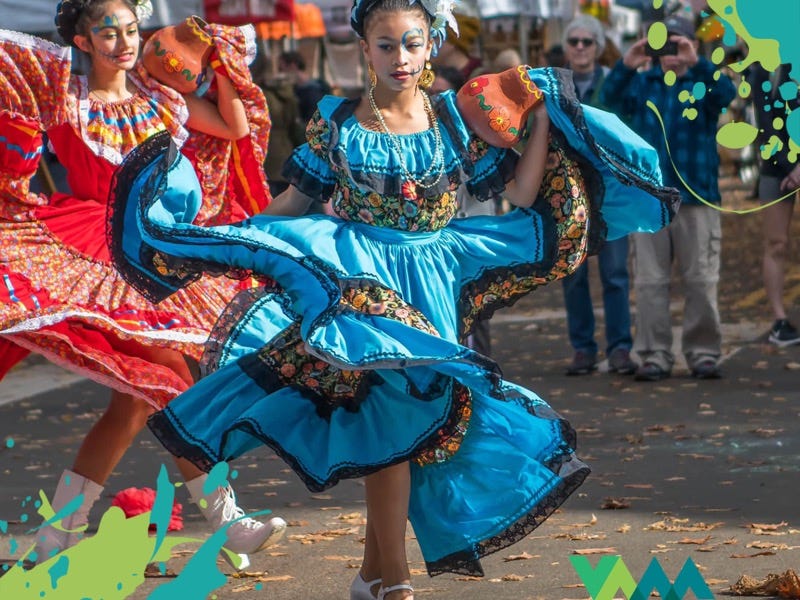Public spaces play a critical role in the health of communities. They have the potential to create a sense of belonging and cultural connection and promote collective well-being. When done well, these spaces enhance community bonds within a larger neighborhood. Large, heterogeneous cities such as Brooklyn, New York, where anonymity is the norm outside personal social circles, especially need social infrastructure. They are also crucial in cities that are spread out, like where I live now in Vancouver, Washington. They are equally relevant in suburban and rural areas, where residents spend more time in cars and are less likely to see their neighbors on foot.
If created intentionally, shared public spaces generate opportunities for collaboration, enjoyment, and understanding between groups who might not otherwise socialize. When these spaces are easy to access for everyone and include participation in tangible projects, they best promote connection. It’s also essential that the people who will utilize these spaces have direct and meaningful input into creating them. Public infrastructure projects add value to an area, but the primary motivation for making them is relational, not financial.
When I moved to Vancouver, Washington, in December 2019, I did not know how long I would live there. I chose this city over Portland (just over the Columbia River) for pragmatic reasons, but the communal aspects drew me in. The waterfront where I moved to was part of a ten-year master plan to revitalize downtown. What impressed me was the care taken to create a space that everyone could enjoy. The waterfront development is a short walk from Esther Short Park, which hosts the weekly farmer’s market and had been the hub of downtown activity long before the idea for a waterfront even existed.
Last week, on my way to the farmer’s market, I saw that the yearly Junior Market was being held adjacent to it at Esther Short Park. Nearly 300 young people between the ages of six and sixteen had their own tent to display their offerings. To get a booth, they had to participate in an entrepreneurial skills program sponsored by a local credit union. There, they learned to create budgets, set goals, serve customers, and consider ways to give back to the community.
There were booths with a wide array of products – popular items included goat milk soap, lemonade, earrings, potted succulents, and handmade greeting cards. Some youth confidently fronted their own booths themselves, while others had their parents helping out.
It was touching to see children practicing engaging with customers. One boy attracted attention with his Hawaiian shirt, top hat, and sunglasses, which was a helpful strategy since there were many lemonade stands. A trio of teenage girls sold their wares together – knitted bugs, hair clips, soap, and succulents. They wore matching teal sweatshirts branded “I forgot”, and one of the three played her violin for those walking by.
I noticed two children in particular who were passionate about their craft. One boy, a woodworker, displayed his hand-carved birdhouses and board games (Mancala or Bao). And there was also Mori, an old soul who loves to forage in nature and places her treasures in miniature bottles. She was more interested in sharing where she finds her treasures than making a sale. Mori especially likes the jars that hold colorful wing casings of beetle shells.
Esther Short Park is in the oldest public square in Washington state. The five-acre park was gifted to the city in 1853 by its namesake, who envisioned a public space where people could gather and enjoy the beauty of downtown Vancouver. The area had fallen into economic decline, and the park was subsequently left untended for some years. In the mid 1990s, the city reclaimed it. The park is the site of Vancouver’s Farmers Market and a state-of-the-art children’s playground, water feature, rose garden, and music venue.
Annual events at the park include the Jazz Festival and the Craft Wine and Beer Festival. The Aloha Festival, with cultural workshops and live performances, has also been a yearly event for over two decades. The Wine and Jazz Festival showcases local acts and legends like Spyro Gyra. This coming weekend, the park will hold a celebration of Juneteenth, with history displays, live music, and outreach booths for community resources.
Vancouver is not a particularly diverse city. However, effective social infrastructure brings people together from different ethnic and cultural backgrounds as well as socioeconomic ones. While not all the events are free, many are. An example of the city trying to make the space benefit all is a program at the farmer’s market. There, people receiving food assistance get their vouchers matched up to $25, allowing everyone to benefit from eating fresh, locally grown fruits and vegetables.
As Vancouver grows (the fastest-growing city in Washington State), it prioritizes protecting its public spaces, such as its parks and community centers, and creating new ones. Residents and communities are encouraged to actively participate in public space planning, design, and stewardship. They have a ten-year plan, beginning in 2022, which reflects the central role of public parks, recreation, natural areas, and public art in creating vibrant cities and communities.
Food for Thought
Where are the public places near you where people gather? What is your relationship with them?
Where do you look to find out what public social events are happening?
Have you gone to events where you learn about other communities living near you?
If so, have you interacted with people from outside your personal communities?
How might you do that in the future?









